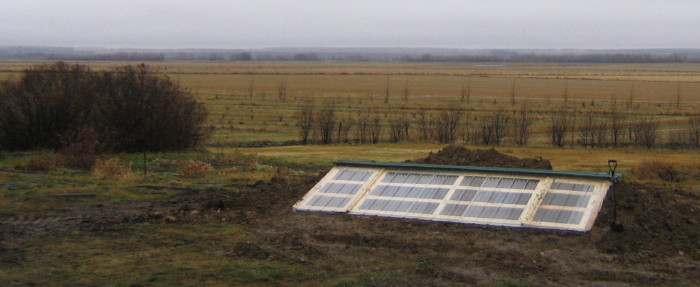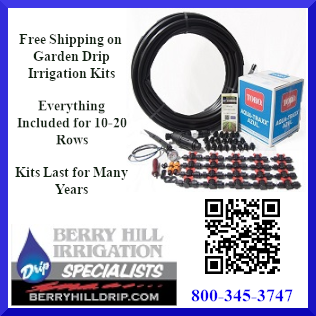
If you’re looking for a greenhouse that epitomizes green living, look into building an earth sheltered greenhouse. These greenhouses provide the ultimate in organic, green shelters for all manner of plant life and could be the perfect option to suit your needs.
Before you begin to think that this house is too advanced for your skill level, take a look at what the earth-sheltered greenhouse really is. With early farmers, these types of houses were simply three foot ditches dug into the earth, or basically just a glorified cold frame greenhouse. In the first foot, the farmers would place fresh horse manure, in the second layer was top-soil, and the third was reserved for the plants –giving them plenty of room to grow and thrive.
The covering was a simple storm door or wood-framed glass panel. As time passed on, these cold-frames became better suited for the changing seasons. Instead of placing a glass panel directly on top of the plants, for example, gardeners found that if the glass were built at an angle, the amount of sun getting through to the plants increased dramatically.
Though stationary, these solar powered greenhouses are perfect for year-round plant growth Because the glass covering is angled, as the seasons change and the sun’s position shifts, the angle provides the perfect refraction of sunlight to allow plants as much sunlight as they need. However, there’s more to these solar greenhouses than just their ability to give perfect sun exposure.
These houses are also the most energy efficient on the market for another reason; they utilize the natural heat energy of the earth itself. Below the ‘frost line’ the temperature of the soil remains at a steady 50 degrees or so, allowing these submerged greenhouses to enjoy a constant supply of free warmth. It gets even better, because the genius part this greenhouse design is the addition of a “cold sink hole” inside the structure. Essentially, this is a 4′ to 5′ deep trench dug within the greenhouse (usually on the south-east side), that allows any cold air on the ground to spill in, keeping everything warm above.
You won’t have to expend a great deal of energy keeping the temperature perfect for your greenhouse. The ground can get to be pretty cold in cooler weather but with the right trench dug around the wooden frame the roots will stay nice and insulated.




Comment here